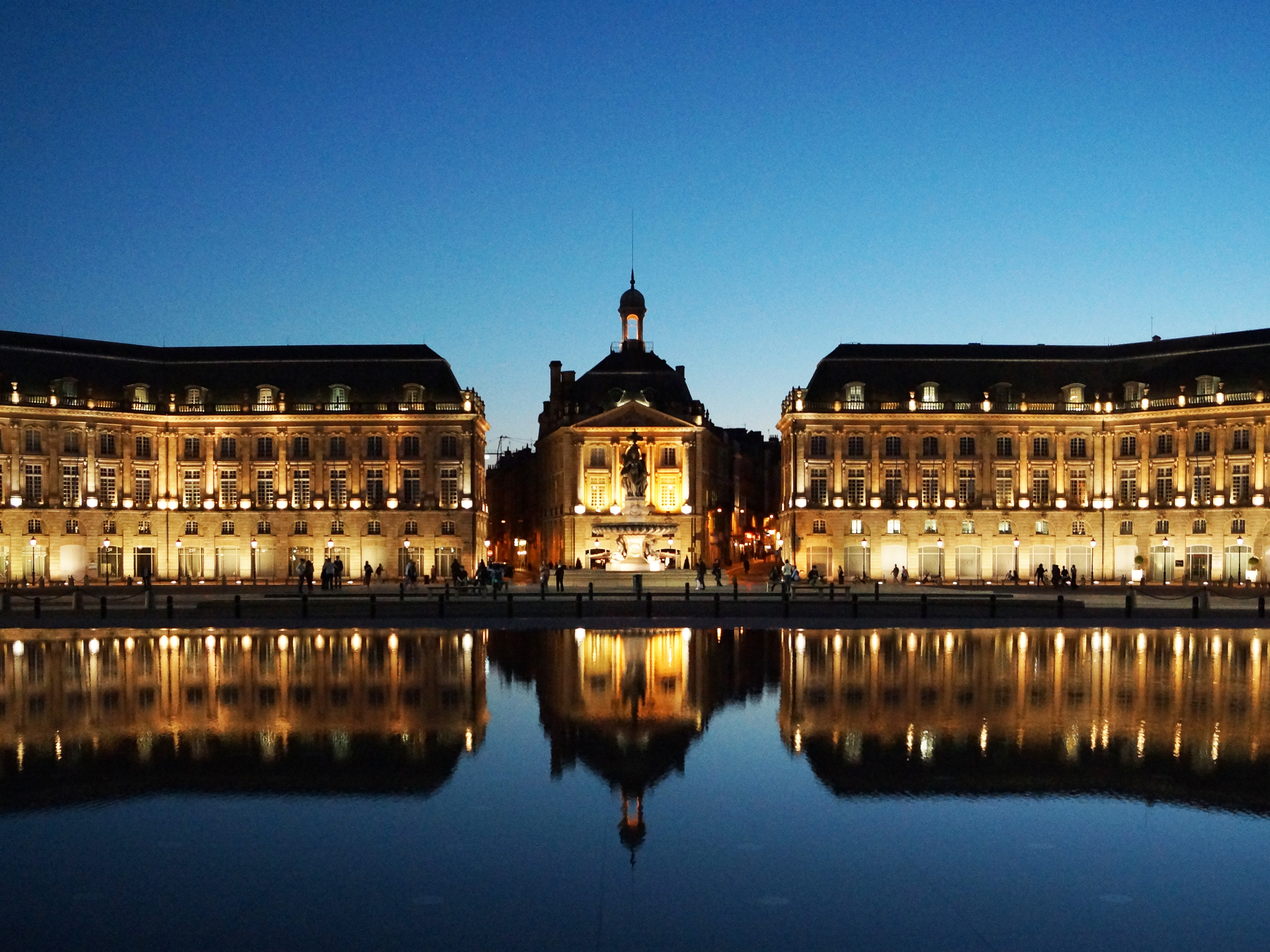Published the 06/10/2021 in Exploring the Region
Lying on the curve of the Garonne resembling a crescent moon (that's why they romantically call the city the Port of the Moon), Bordeaux became in 2007 the first distinguished UNESCO urban complex of such a vast and complex area.
It covers 1,810 ha, or more than 347 historical monuments. From the Boulevards to the Quays, the Sleeping Beauty (another emblematic nickname of the city) is today awakened and ready to welcome any treasure hunter.

And if you love gastronomy as much as culture, discover Bordeaux Gourmand and enjoy tastings of the most famous regional products!
Composed of eight municipalities corresponding to the jurisdiction established in the 12th century by the King of England Jean-Sans-Terre, it is classified as a "cultural landscape", and has been kept intact for centuries.
It was in 1999 that it became the first wine-growing area to be classified as a World Heritage Site! And we understand why when we observe the fields from the top of the Saint-Emilionnaise hill or visit one of the largest monolithic churches in the world.

Visits to Grand Crus and family estates are inevitable when you come to this region and why not an immersion day to wine culture with a blending workshop or a visit to a cooperage? And for those who are passionate about history or literature, combine this UNESCO discovery with a discovery of the illustrious figures of the region, by visiting the chateau of Montaigne a few steps from Saint-Emilion, or that of Montesquieu south of Bordeaux.
The famous Citadel of Blaye, a major work of the famous engineer Vauban, is located on the Gironde estuary to monitor Bordeaux and protect it from maritime attacks.
It has been part of the world heritage since 2008 and today it welcomes around 500,000 visitors per year - more than the Cité du Vin! It preserves intact the defense system set up by Vauban in the 17th century, with its 1.5 km of ramparts, its gates and underground passages as well as the buildings necessary for the proper functioning of a garrison: former convent, prison, barracks, powder magazine ... a beautiful walk with a breathtaking view!
.jpg)
After a beautiful stroll in the Bordeaux region, direction - the Dordogne! Listed as a World Heritage Site since 1979, 15 sites in the Périgord Noir welcome you to step back in time. The Lascaux cave, the most famous in the heart of the Vézère Valley, recreates the iconic cave paintings. Other sites, less known but just as remarkable, such as the Combarelles cave or the Rouffignac cave are also to visit without hesitation.

And if you visit the area in the autumn or winter, you will not only be able to visit the most famous sites away from the crowds but also participate in a key activity in the area - truffle hunting!
The famous European pilgrimage routes cross the Nouvelle Aquitaine region to continue in Spain. 26 monuments and a selection of paths in the region are on the UNESCO list: cathedrals, churches, hospices, basilicas and abbeys... and this route is a great way to discover the two countries - France and Spain, crossing some emblematic regions.

Before crossing the Pyrenees you will not only contemplate beautiful historical monuments but also discover the Basque culture with its gastronomy and exceptional production.
